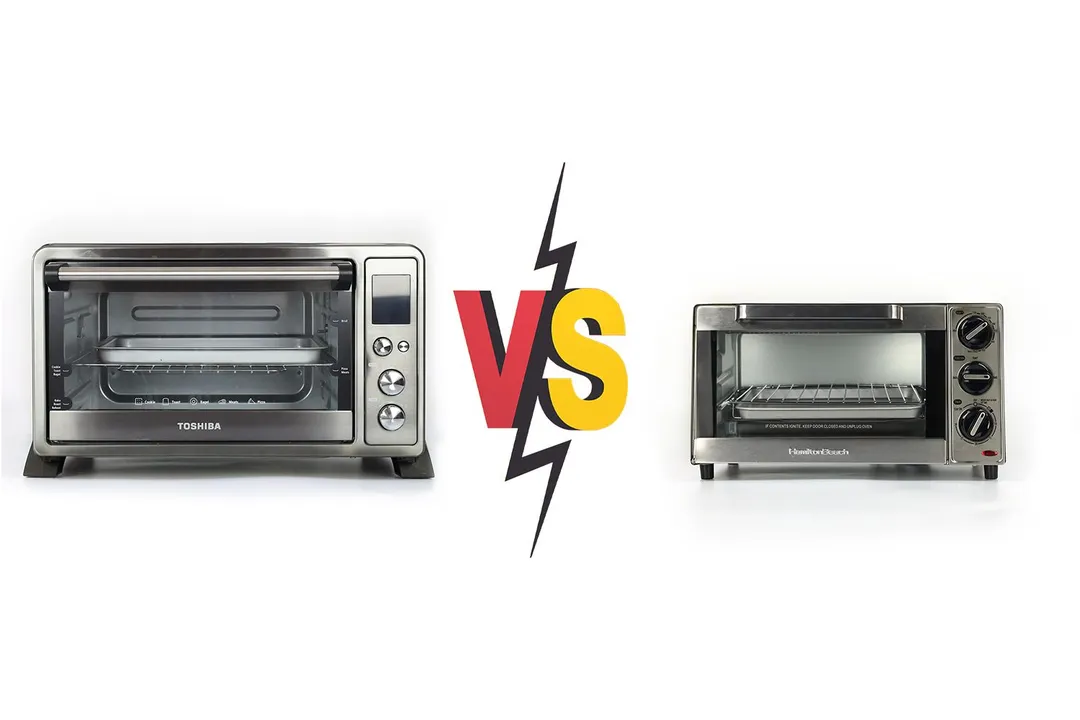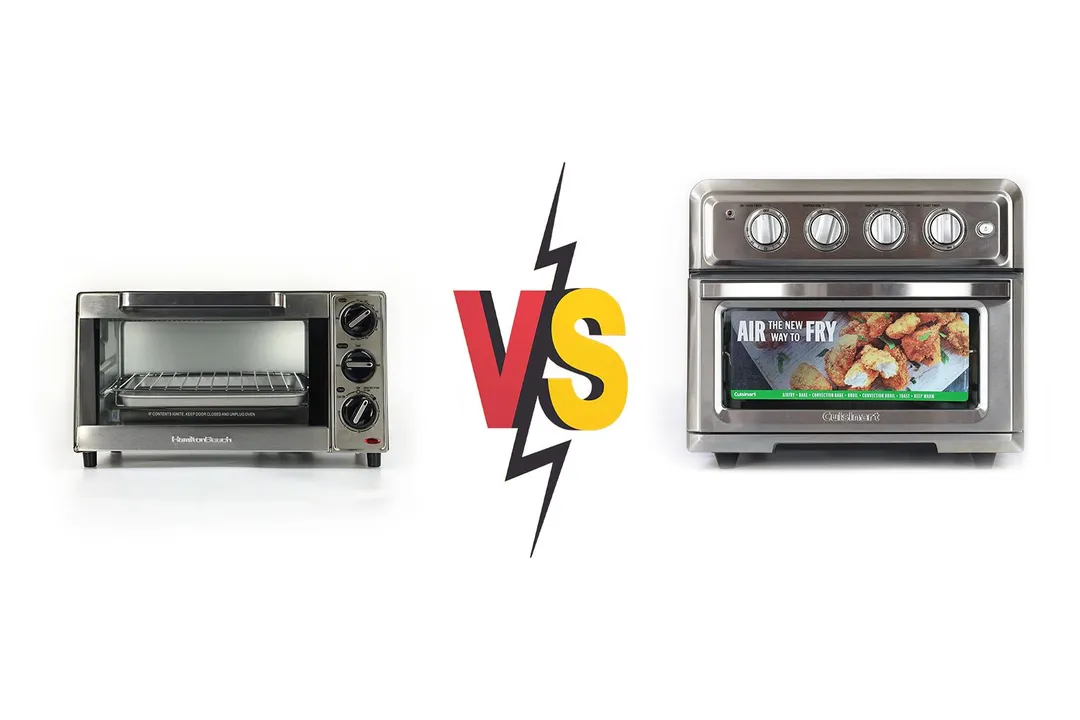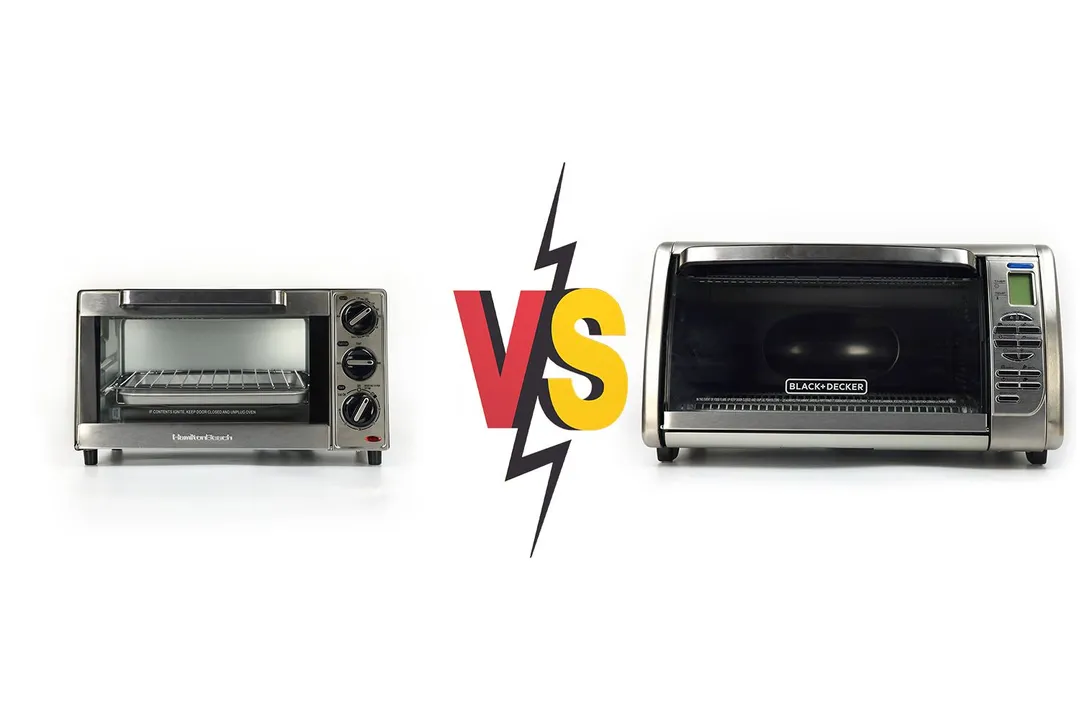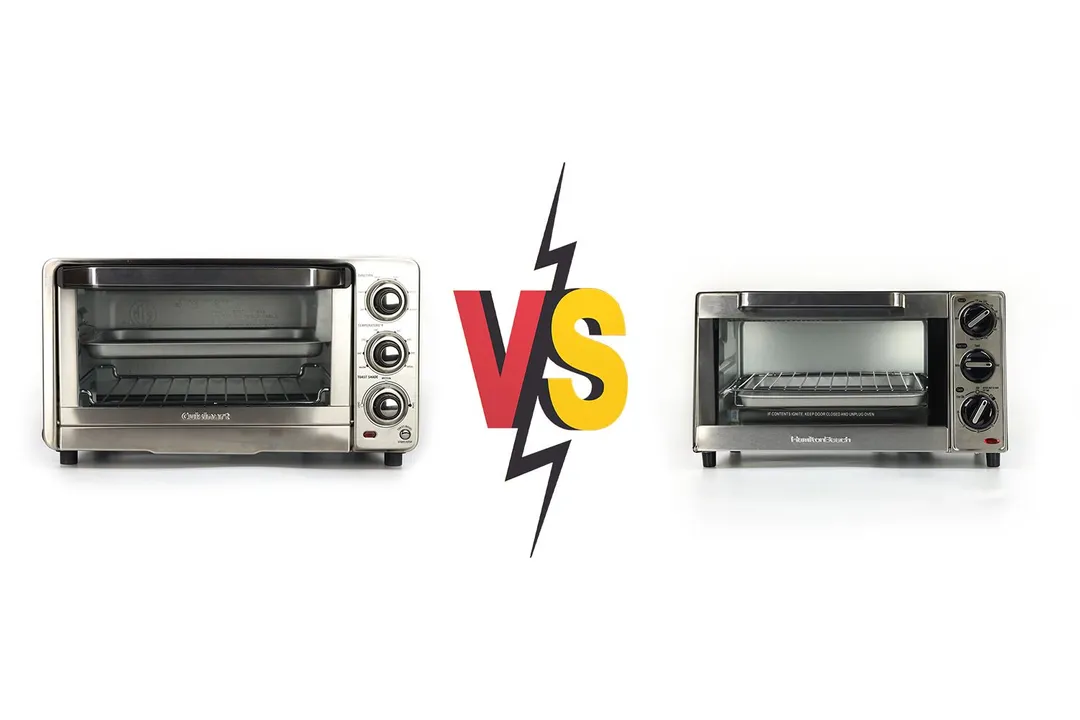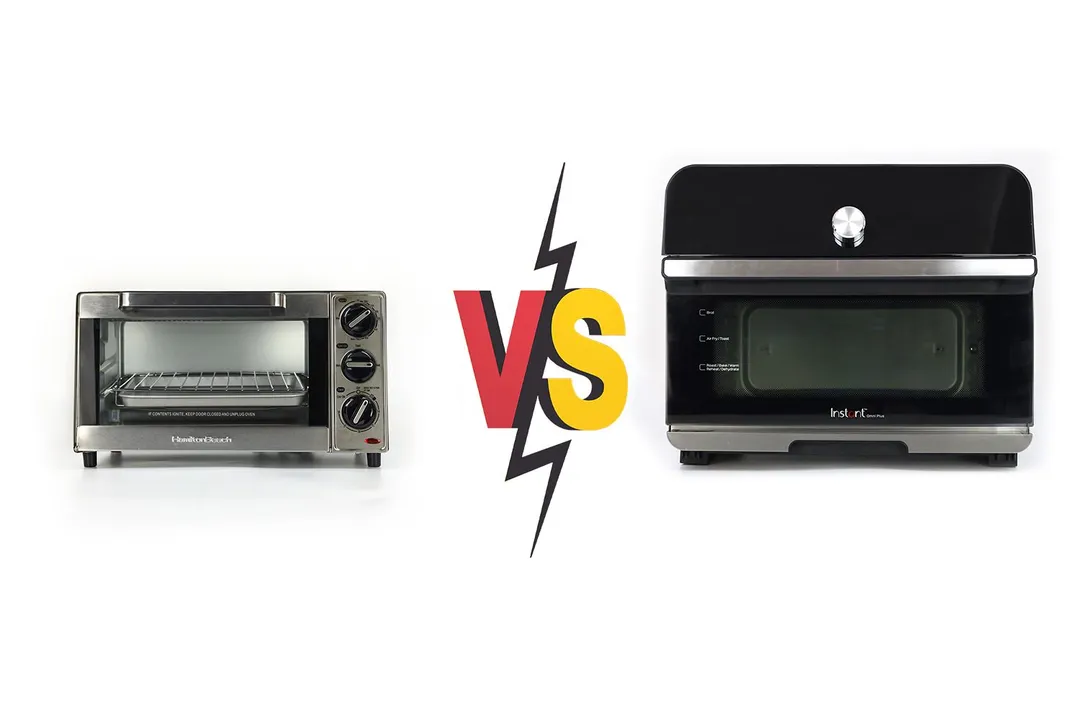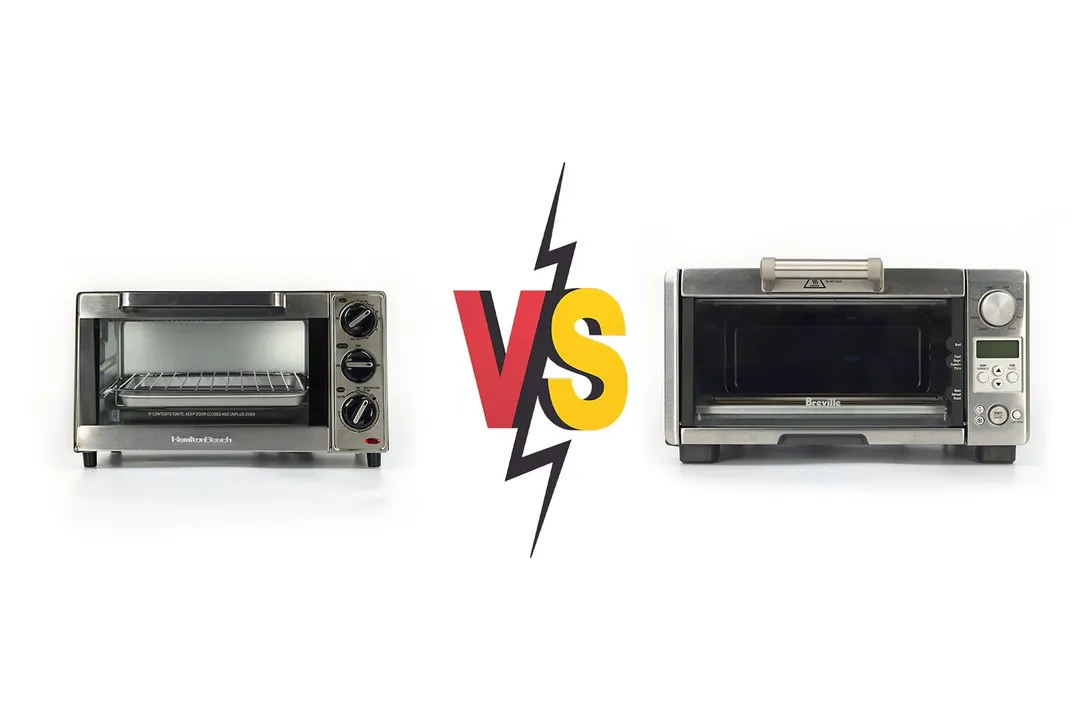Our recommendations are made independently through Research & Testing. We may receive commissions from purchases made via our links.
Hamilton Beach 31401 vs Ninja Foodi XL Pro Toaster Oven Side-by-Side Comparison
Hamilton Beach 31401 vs Ninja Foodi XL Pro Toaster Oven. A comparison between a basic, small toaster oven and an intricate, large digital convection unit.
Hamilton Beach 31401
Tested Using Methodology v1.0Ninja Foodi XL Pro
Tested Using Methodology v1.0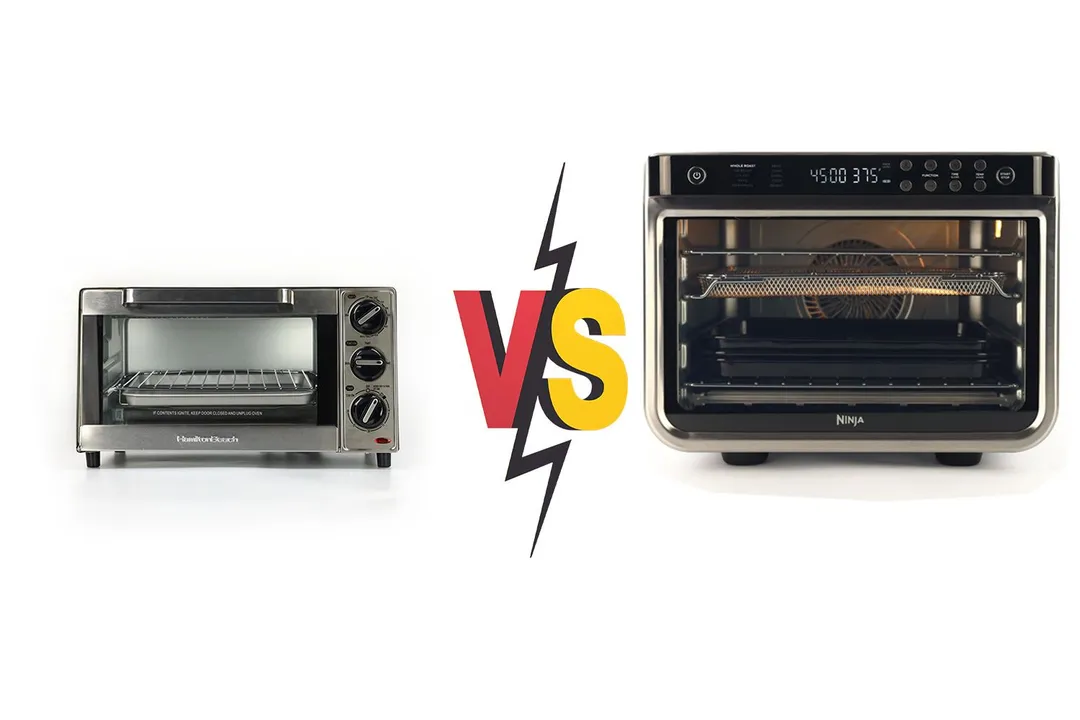
Overall Verdict
Between the Hamilton Beach 31401 4 Slice Toaster Oven and the Ninja Foodi XL Pro DT201 Air Fryer Toaster Oven, it’s a no-brainer that the latter is the winner.
As an analog small unit, the Hamilton is pretty basic in its features. Thus naturally, its design and usability scores aren’t high. The Ninja, on the other hand, is our best large pick with an intricate control panel encompassing a good digital display, toggle switches, and other convenient features.
With a low power output, the 31401 is quite good at toasting bread all things considered but that’s it. Meanwhile, the Foodie XL Pro has some of our best performance scores thanks to its high power output, convection system, and accessories.
To be fair, in household use, the Hamilton’s results in baking pizza, chicken, and fries can be improved by reducing the food amount to half of what’s in our tests. It can also reduce energy consumption by having a low power output.
Pros & Cons
- Lightweight and small size
- Easy-to-clean stainless steel exterior
- Cool-touch door handle
- Simple control knobs
- Stay-on feature
- Quartz heating elements have safeguards
- Energy-saving
- Straightforward and informative control panel
- Tailored cooking functions
- Family-sized capacity
- Tray-level suggestions
- Sturdy construction
- Well-designed accessories
- Easy-to-clean stainless steel exterior
- Cool-touch door handle
- No convection fan
- No internal lighting
- No safety mechanism for the door
- No safety mechanism for the door
- Faulty interior light upon received
Key Specs
Where to Buy
*You help support HealthyKitchen101's product testing and reviews by purchasing from our retail partners.
Analysis and Test Results
Performance
Toast
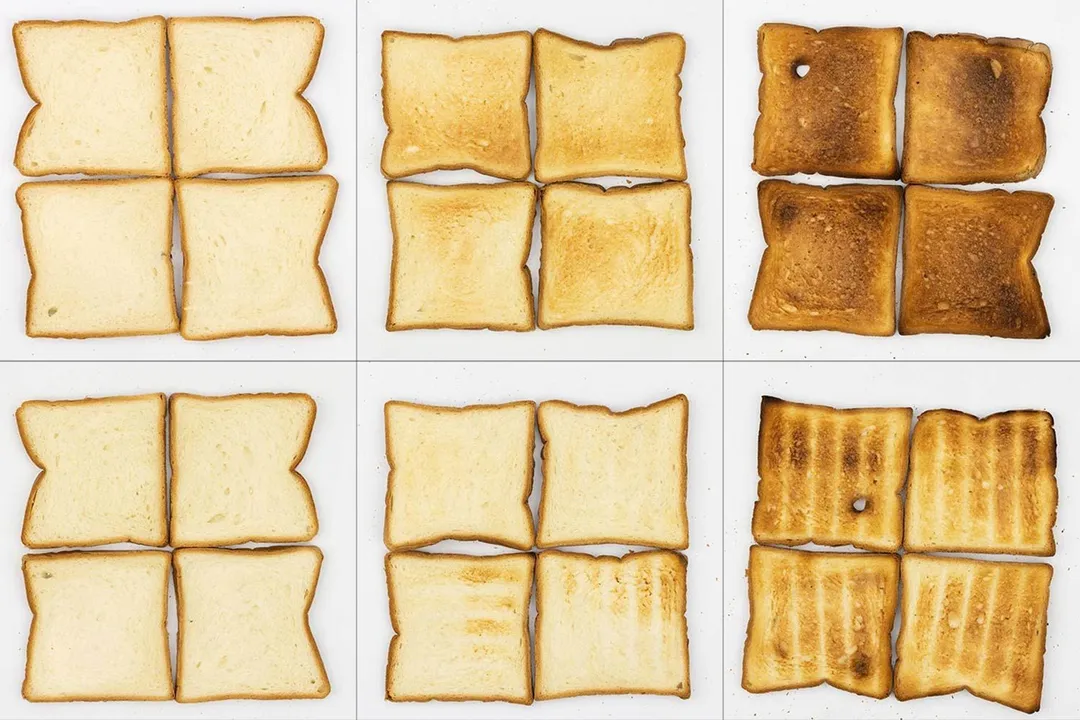
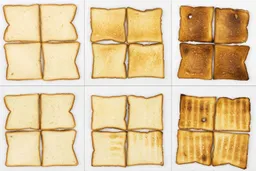
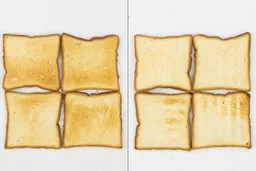
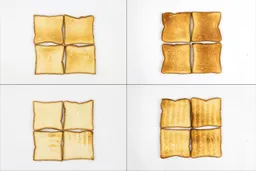
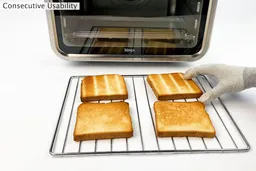
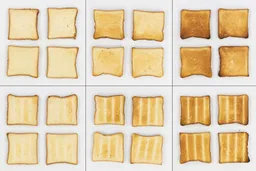
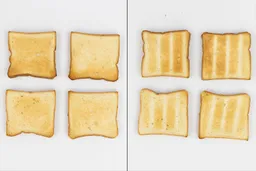
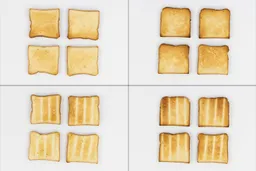
Pizza
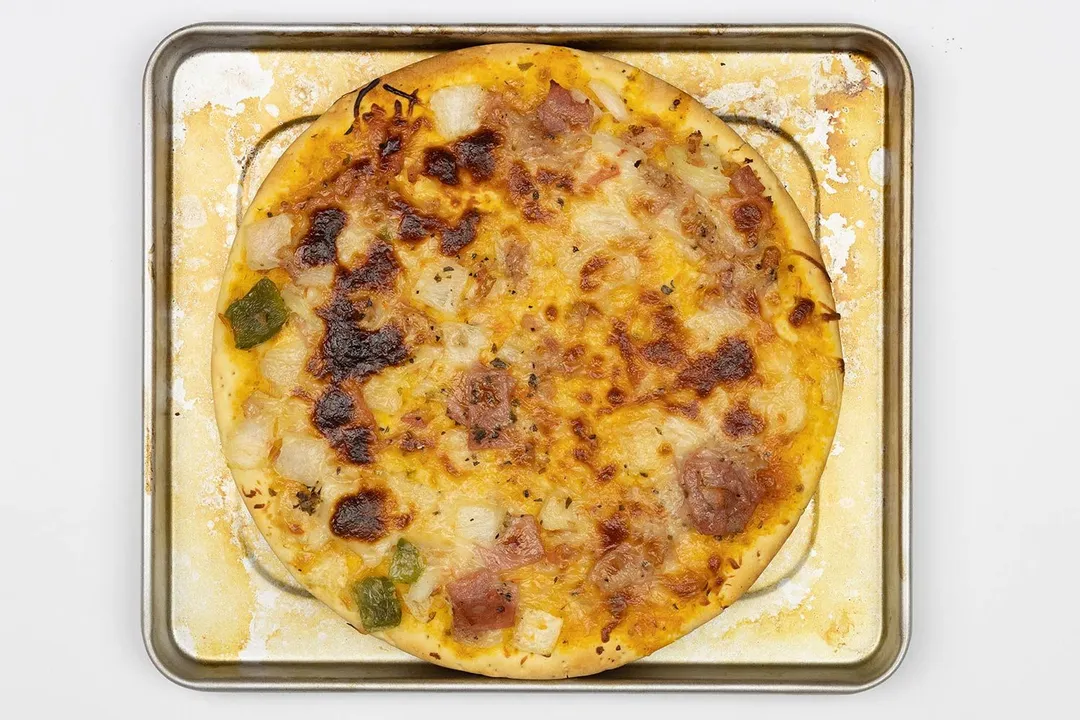
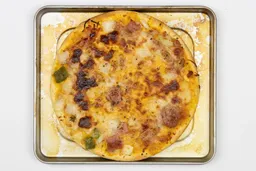


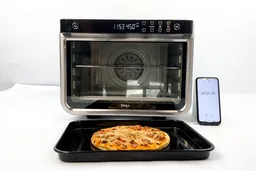
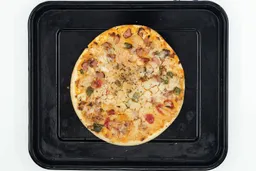
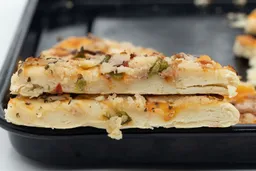

Whole Roasted Chicken
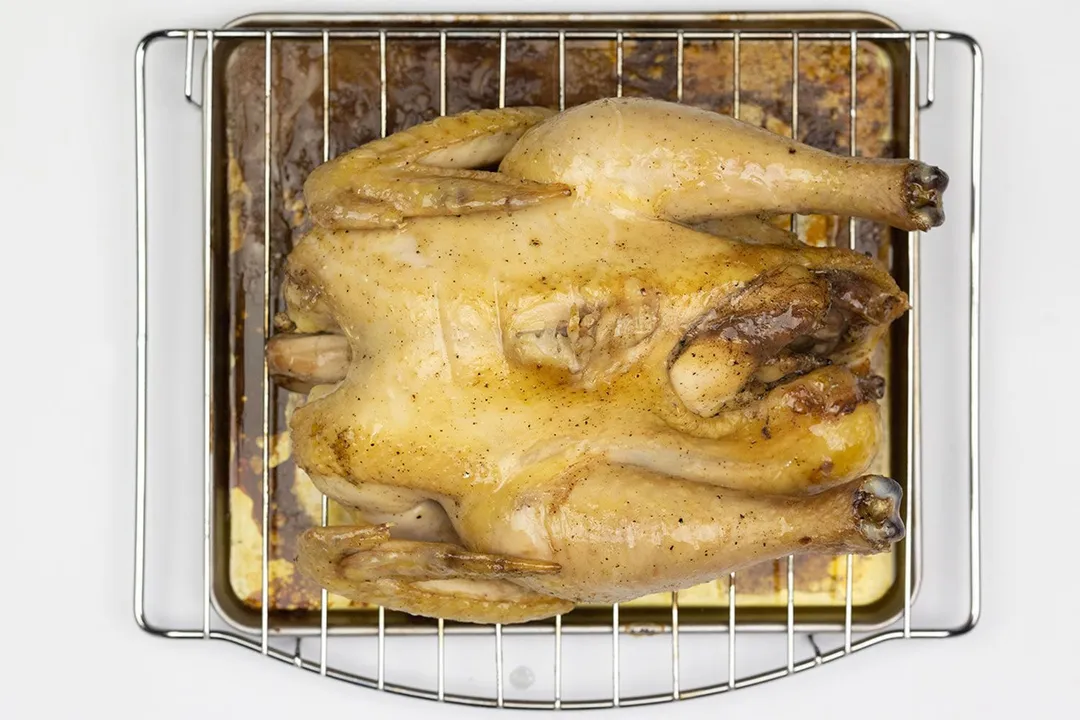
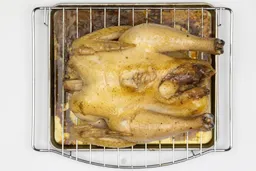
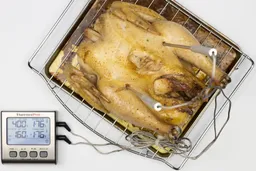


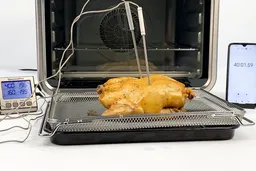
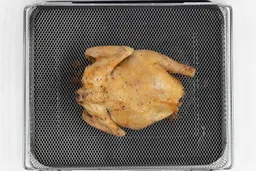
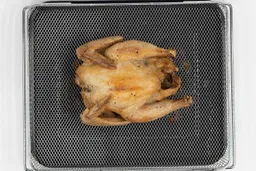
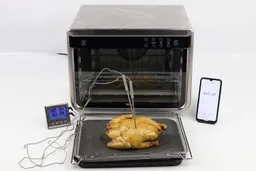

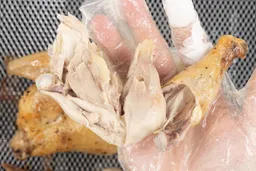
Baked French Fries
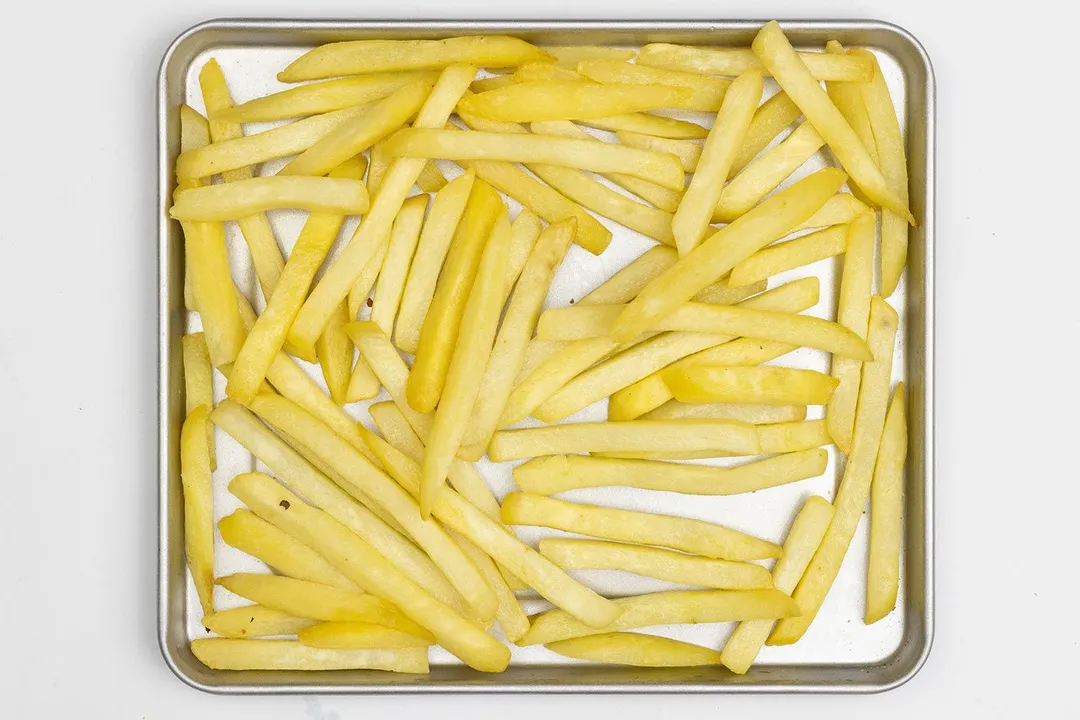
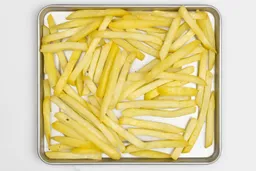


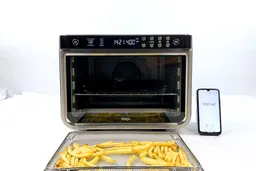
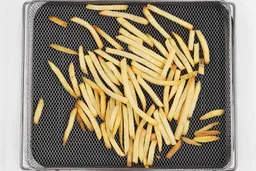

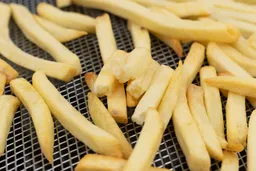
Design
In the Box
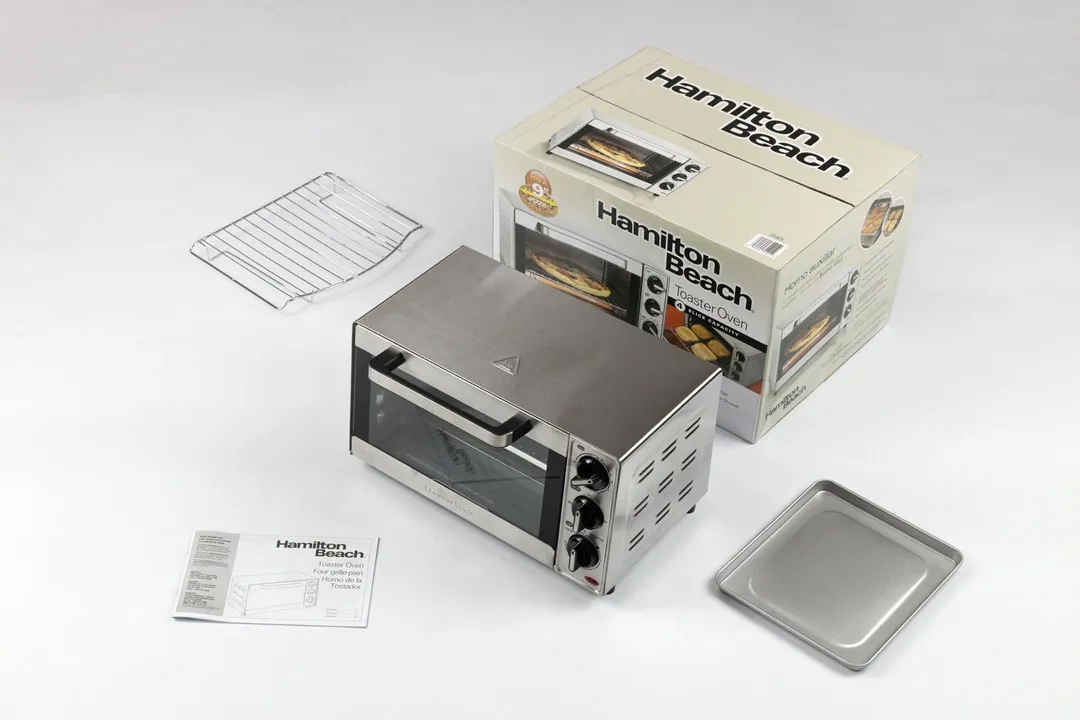
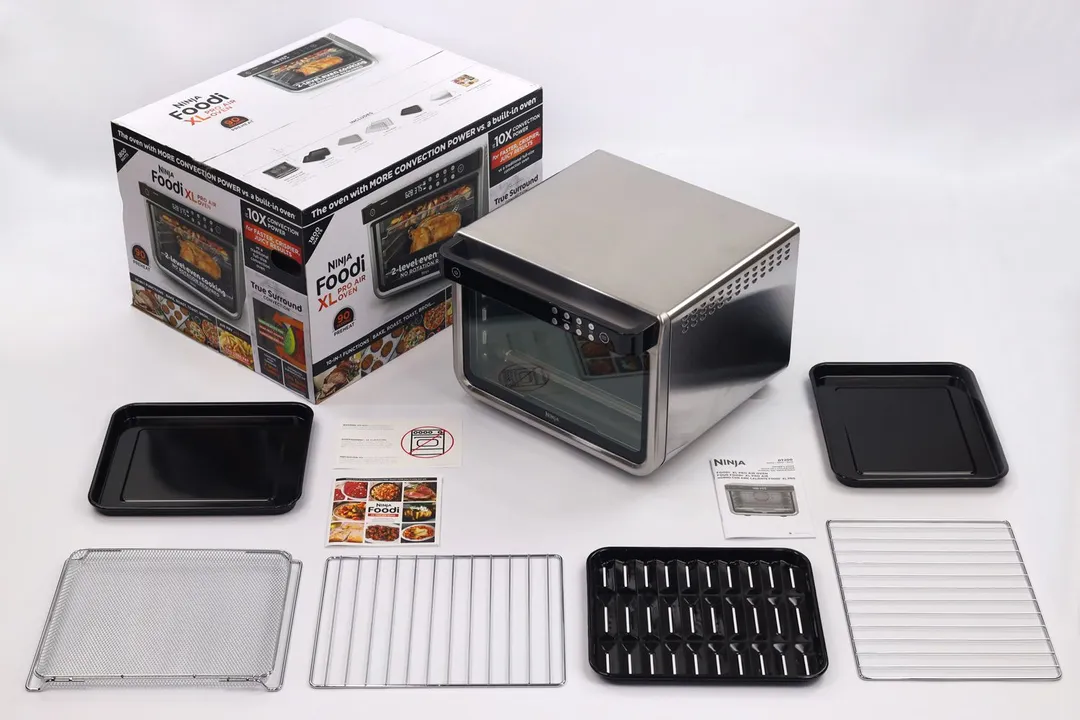
Exterior
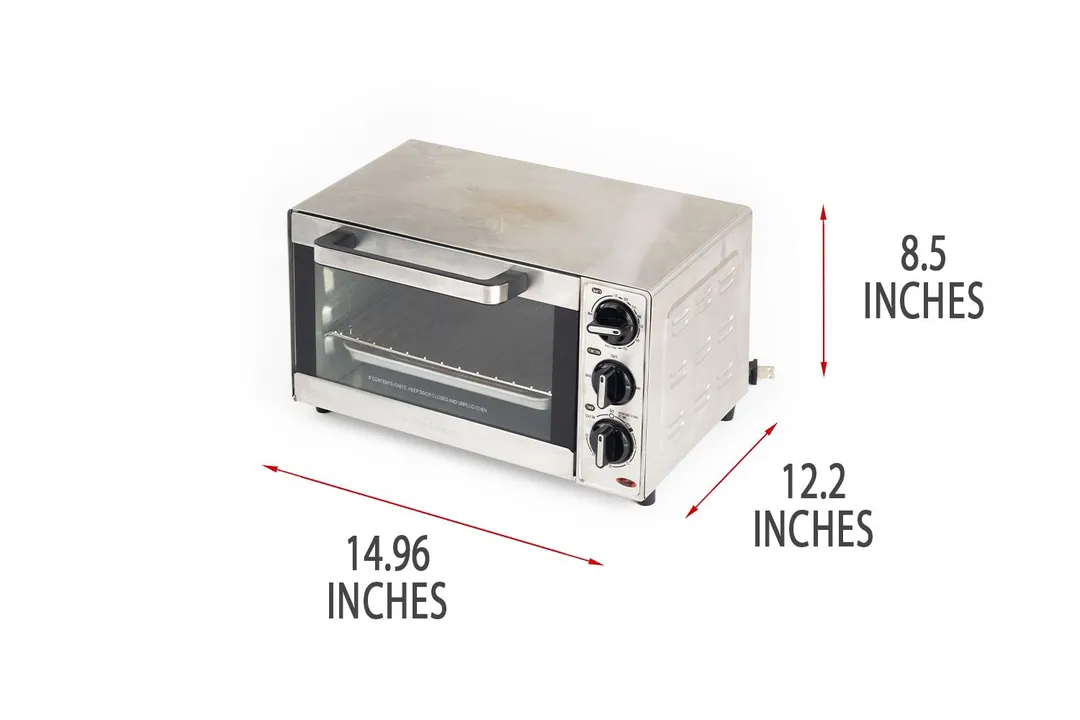
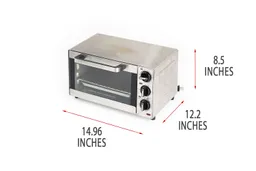
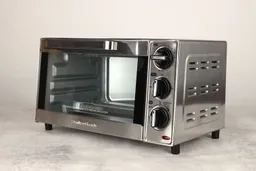
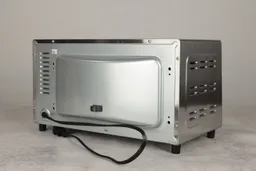

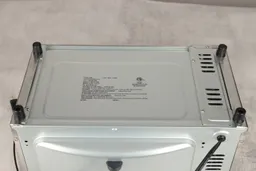
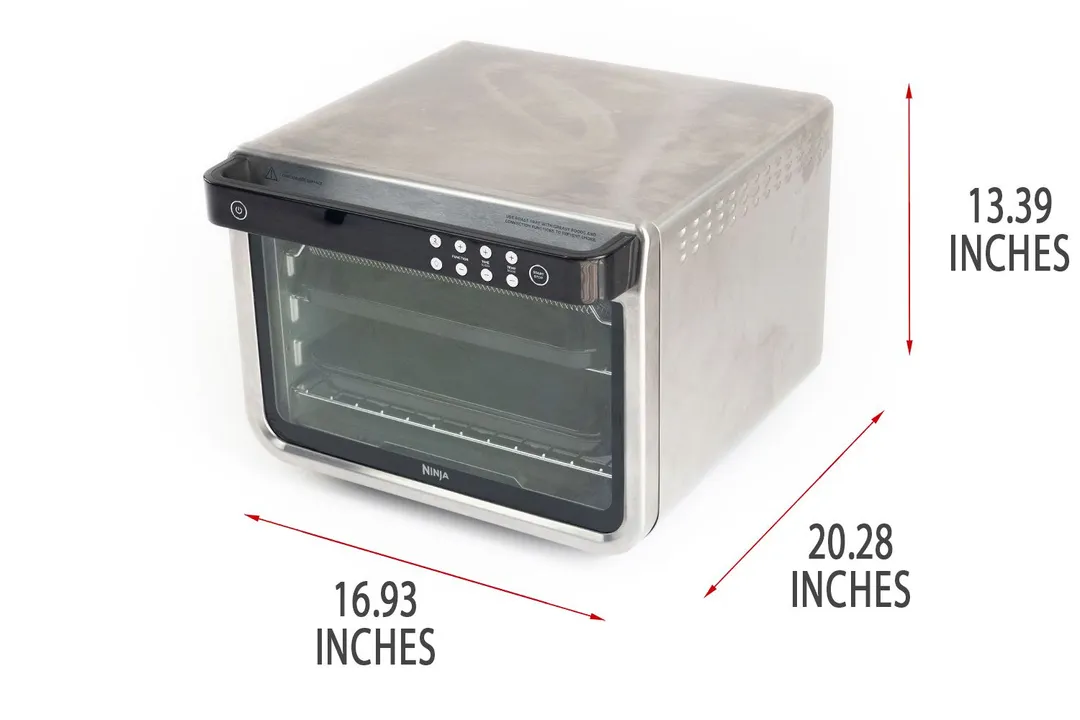
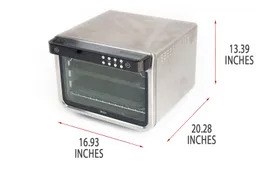
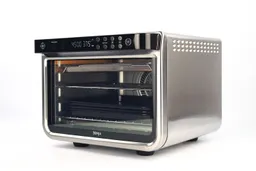
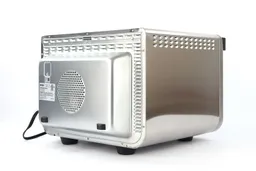
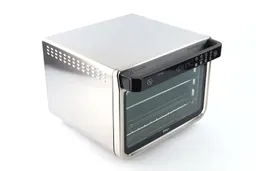
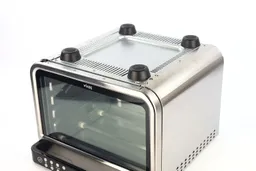
Control Panel
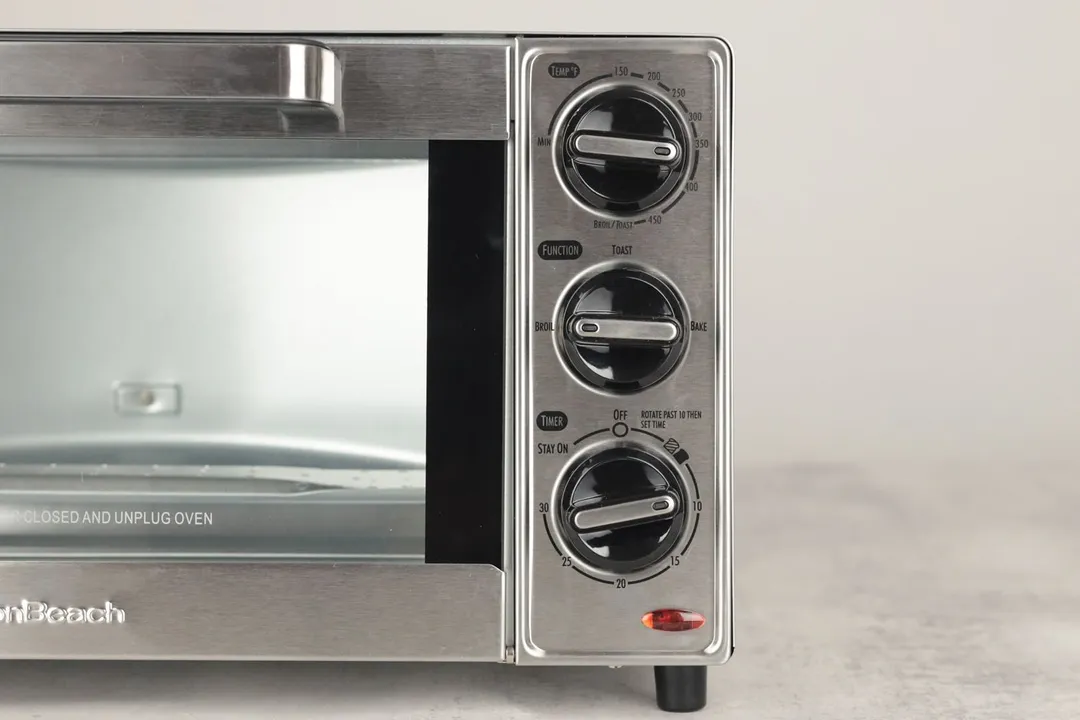
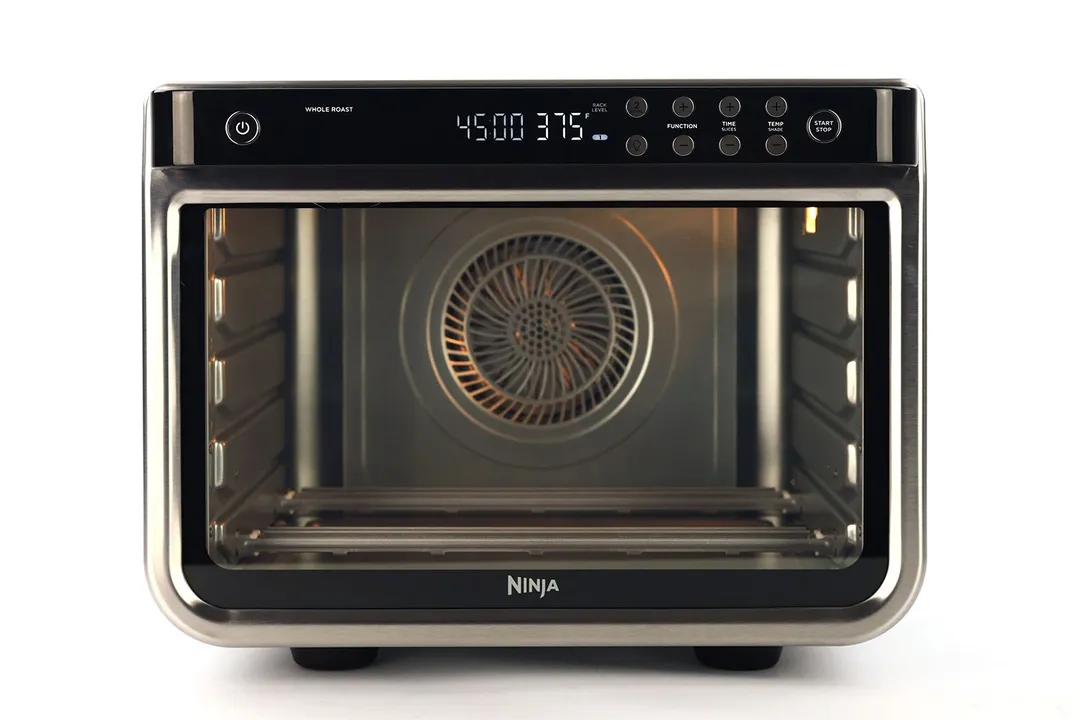
Cooking Functions
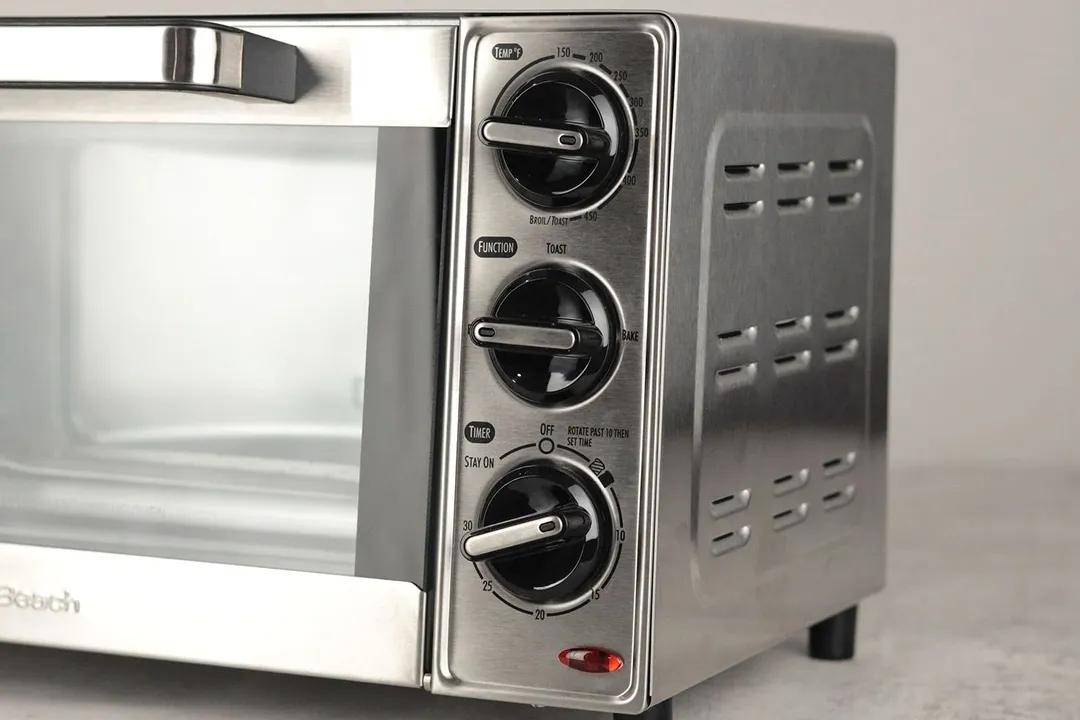
Interior
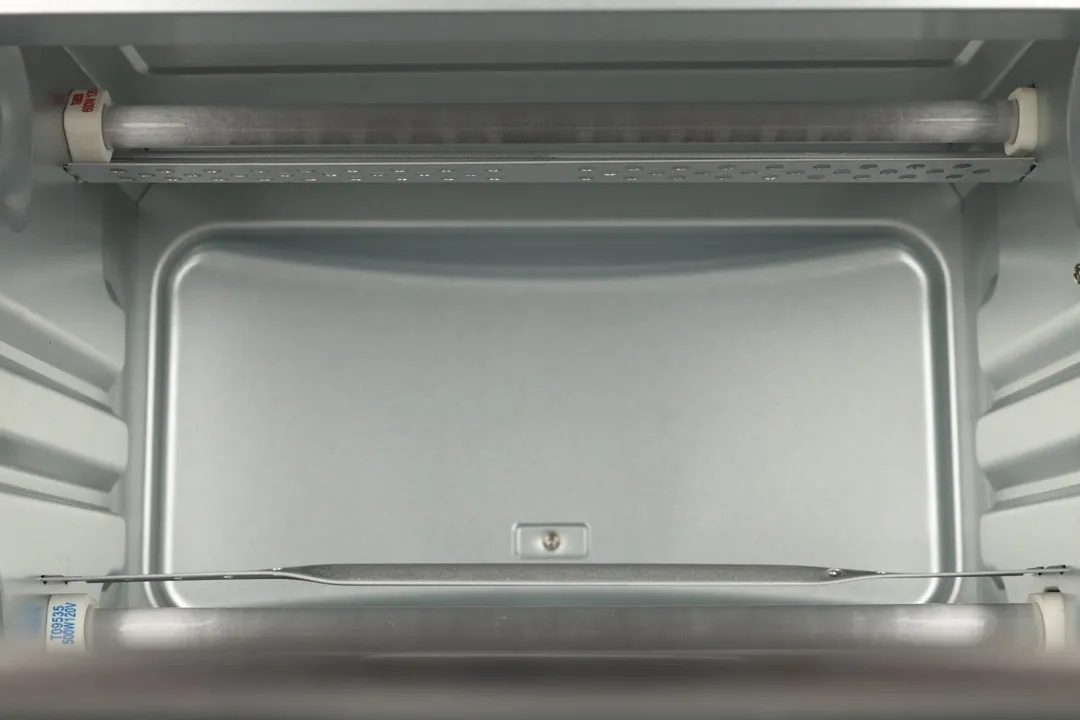
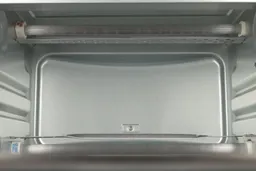
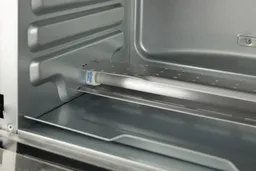
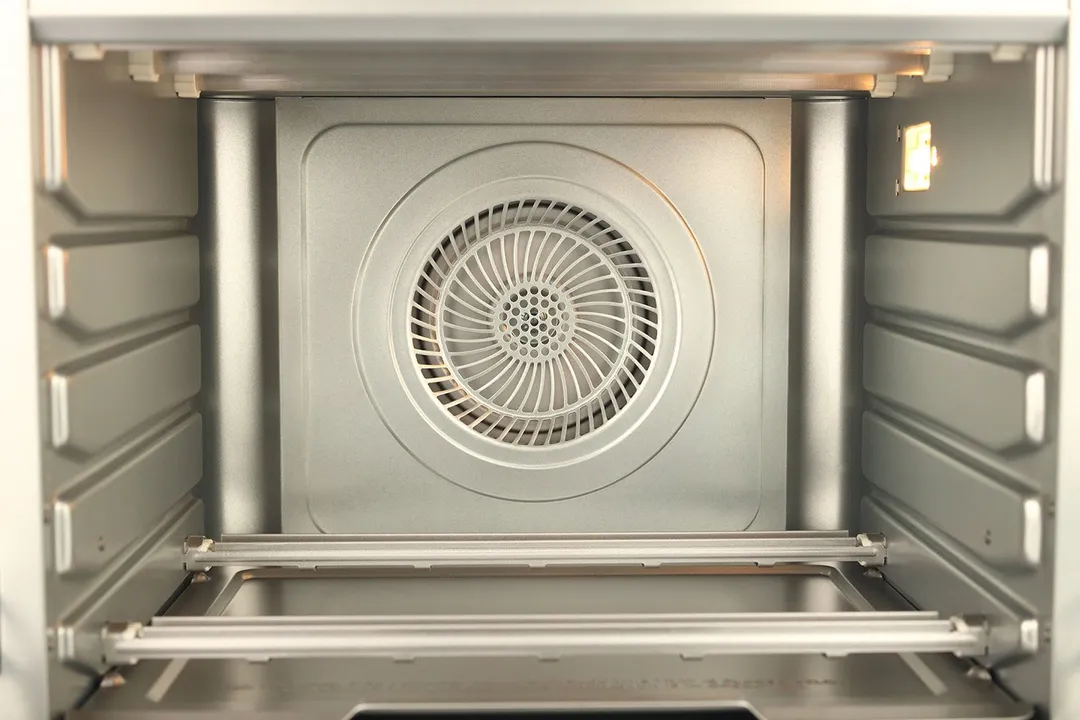
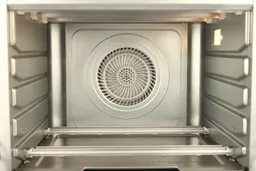
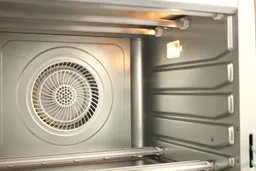
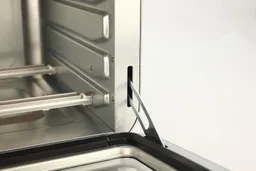
Power Cord
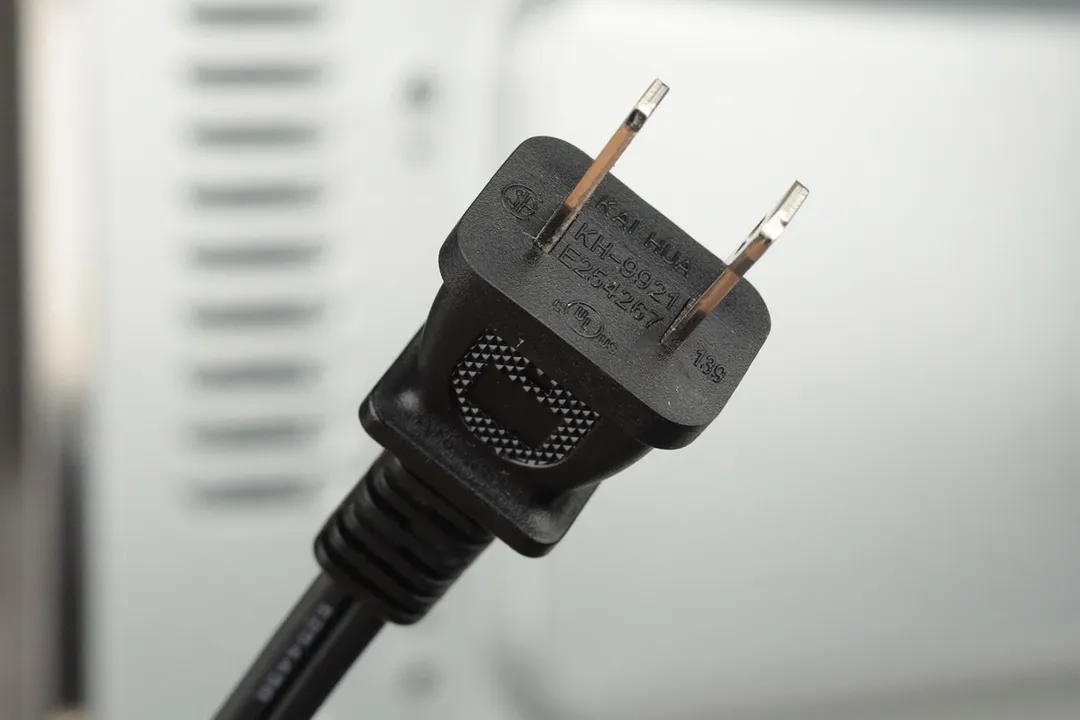
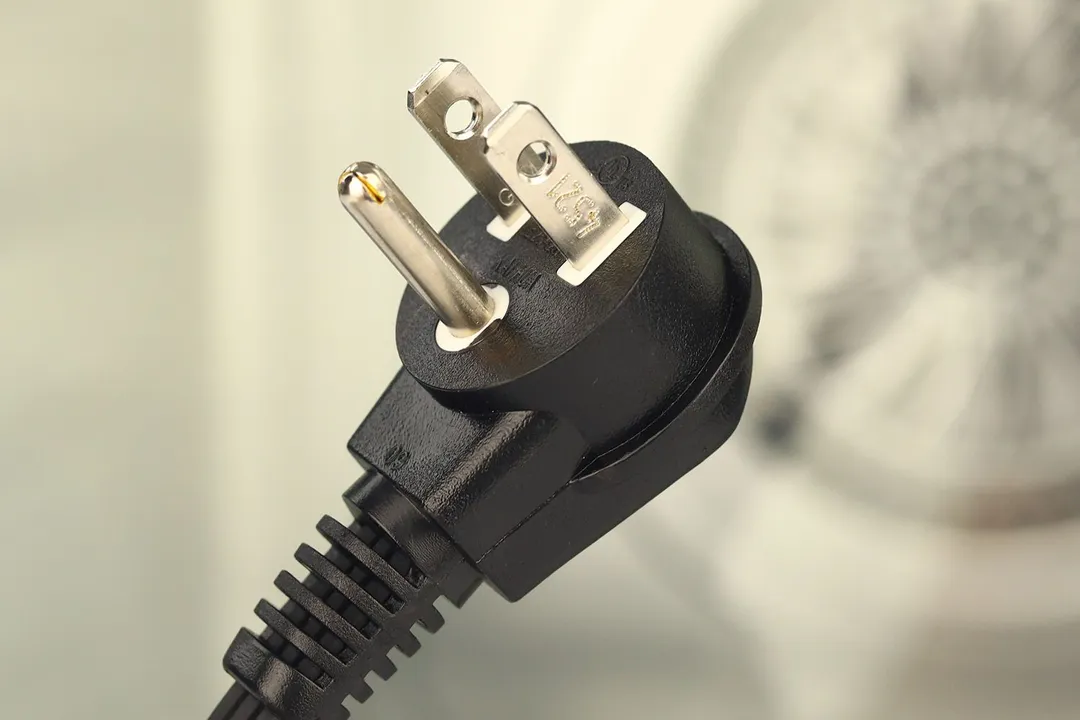
Accessories
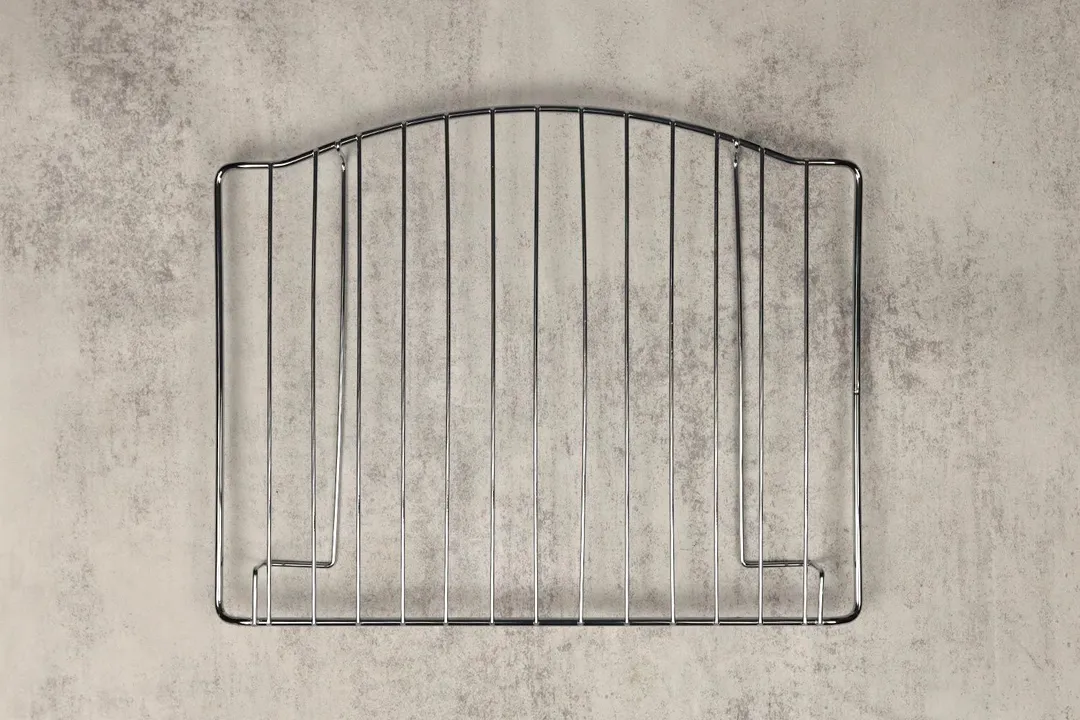


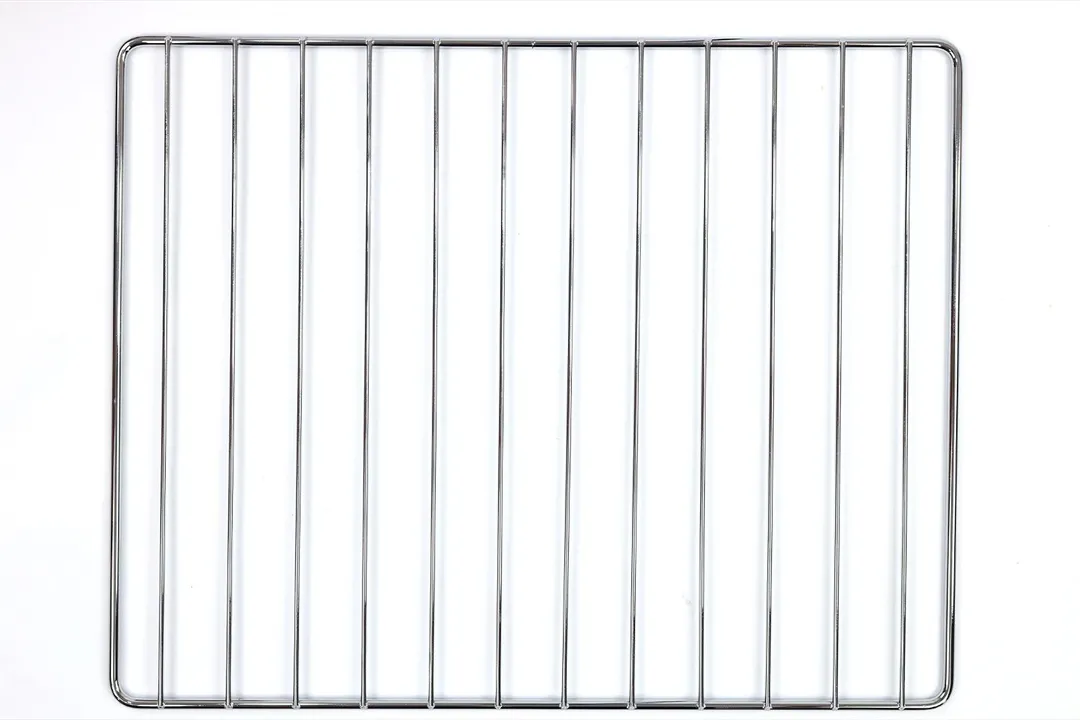
Build Quality
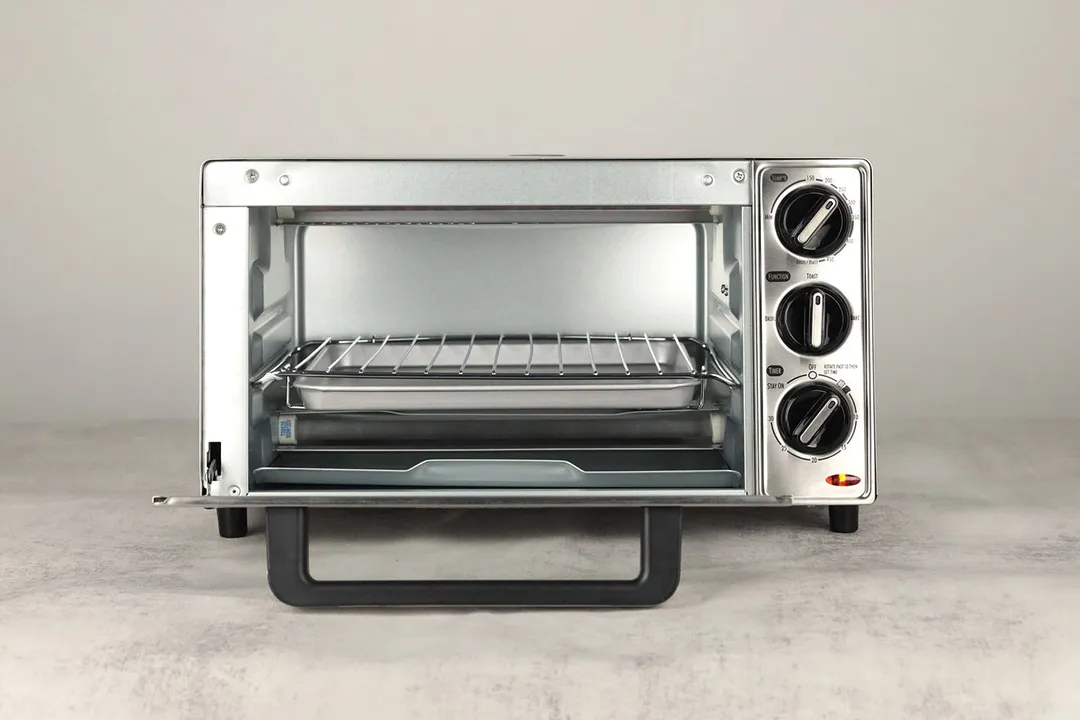
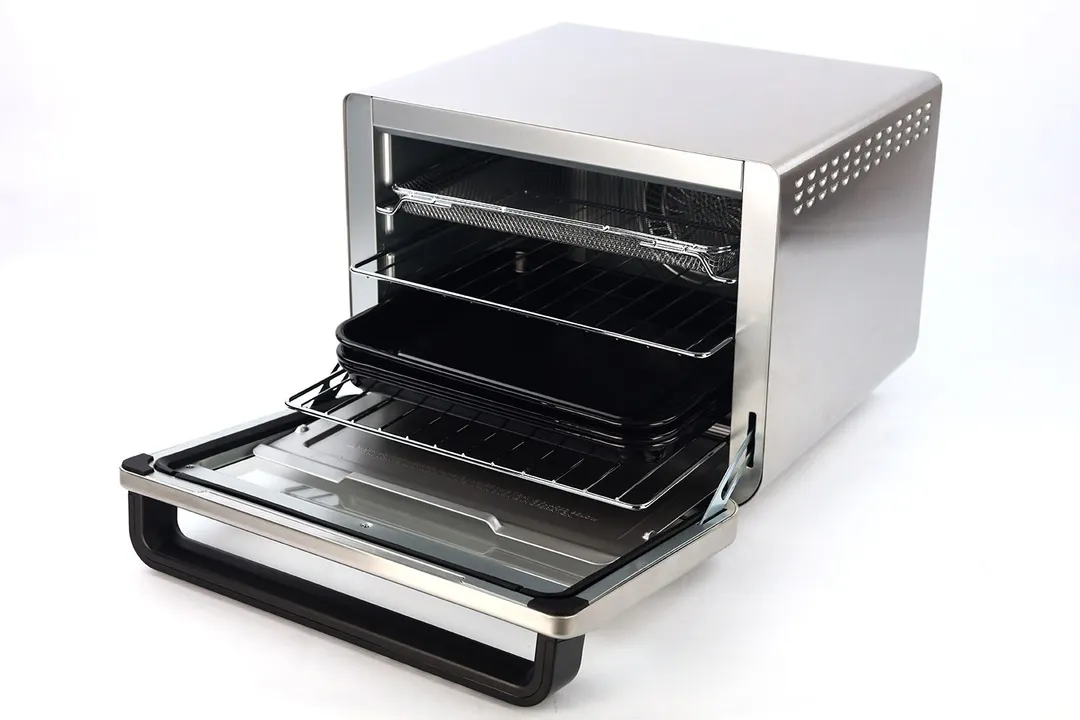
Capacity
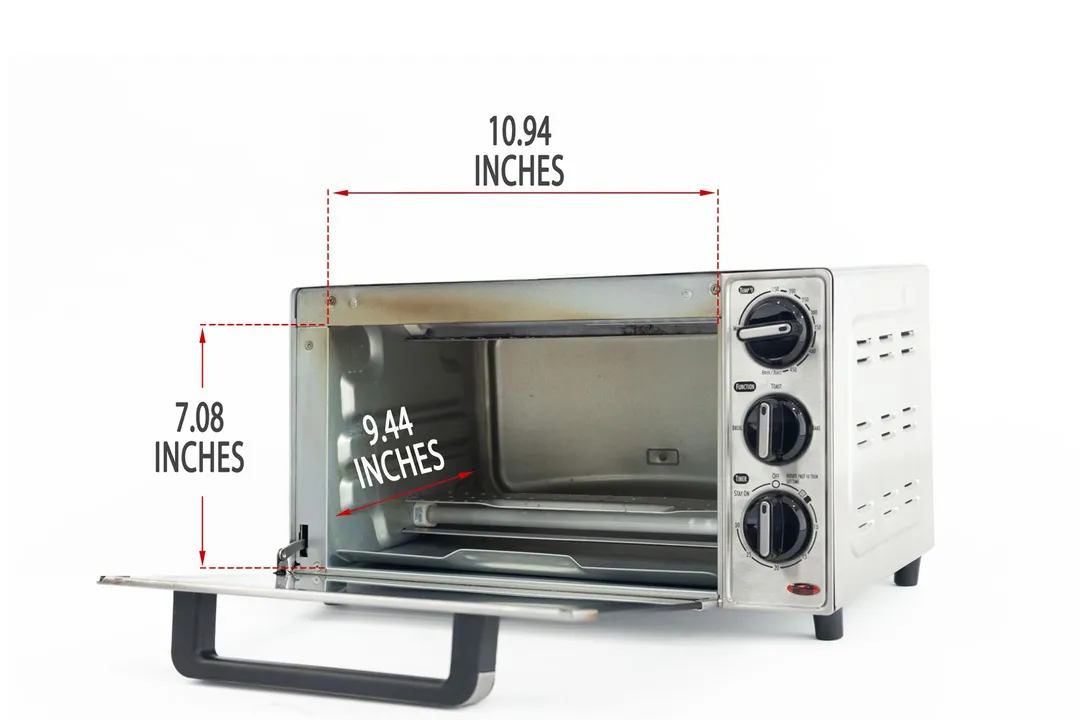
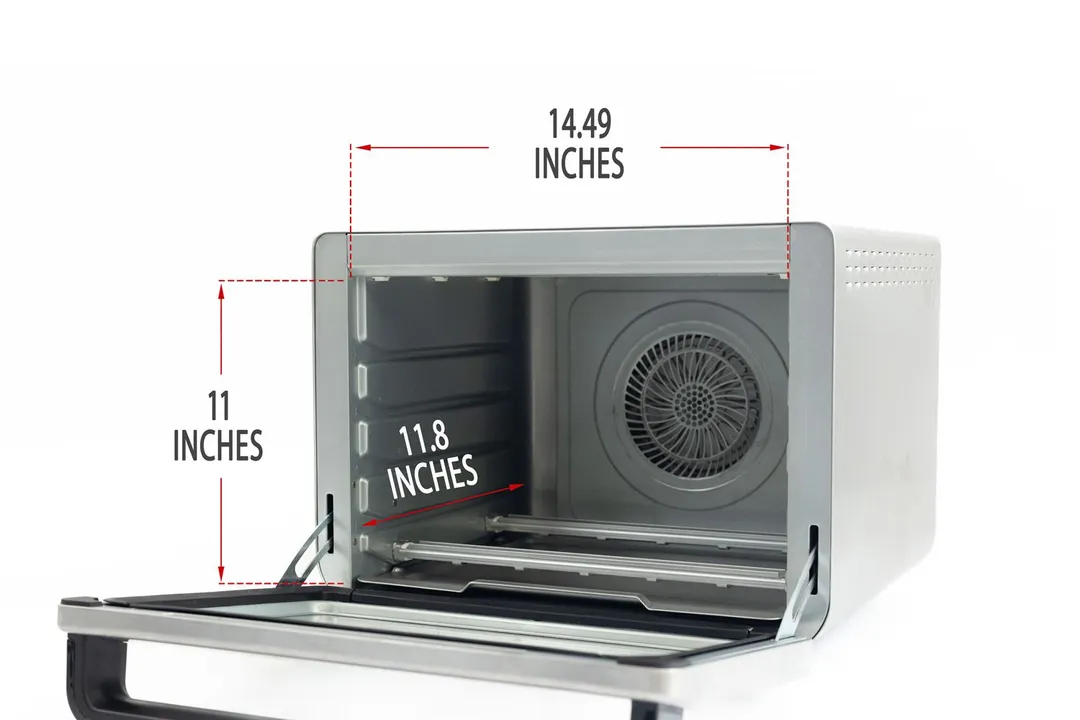
Usability
User Control
Ease of Use
Cleanability
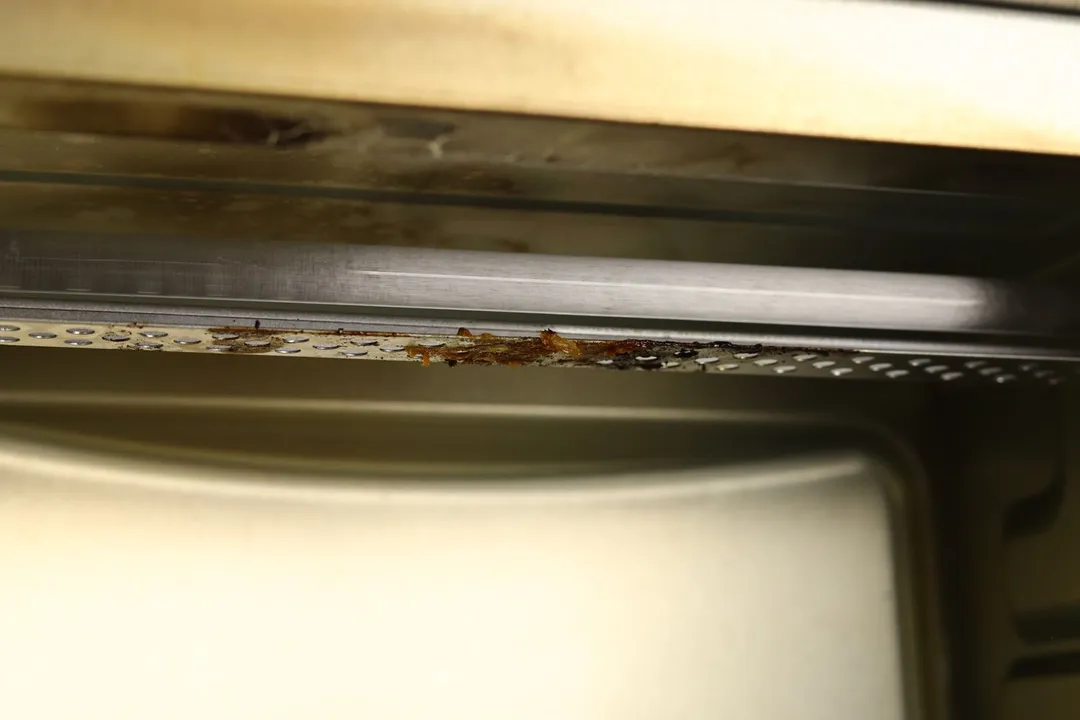
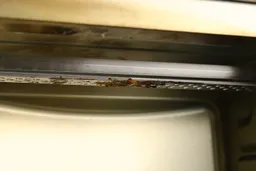
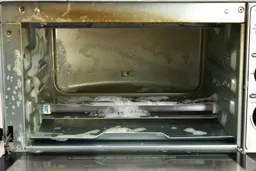


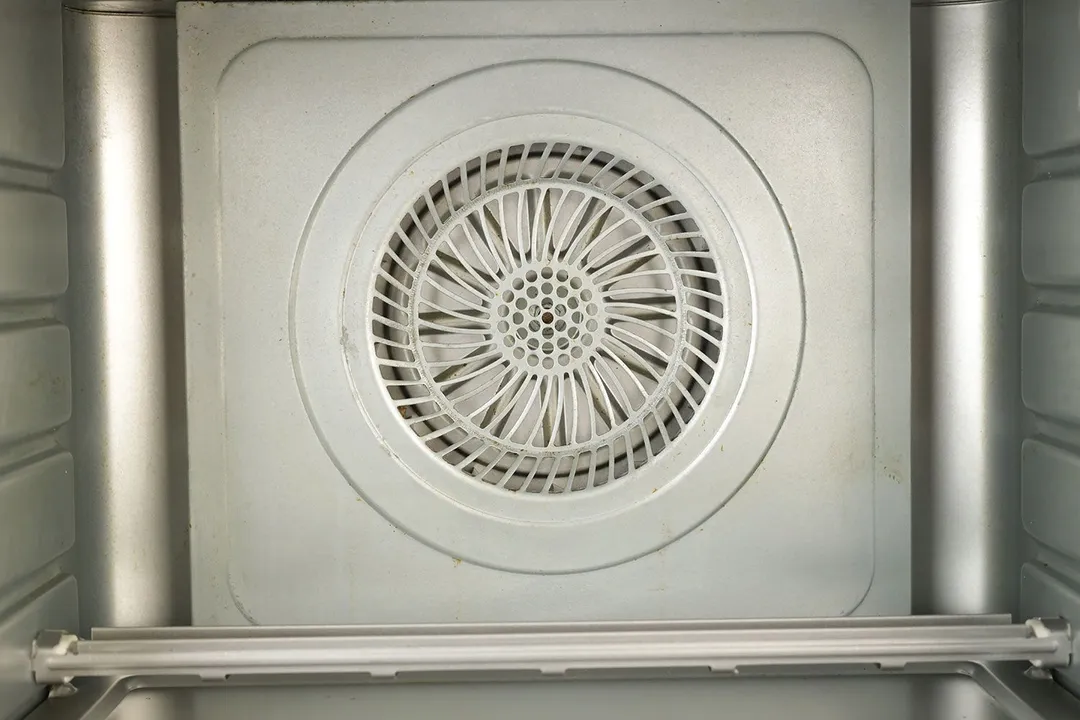
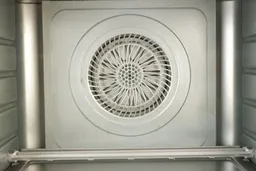


Behind the Comparison
Alan Nguyen is a writer and product reviewer at HealthyKitchen101. His major in English language teaching taught him to present concise information. In addition to his cooking hobby, he values the practical aspects of household appliances.
Lap is Head of the Research, Testing, and Review Team (RTR Team) at HealthyKitchen101.com, where he directs and supervises the testing of kitchen gadgets and appliances.
Tuyet Pham is an award-winning Saigonese chef passionate about delicious and healthful foods. At HealthyKitchen101, she develops recipes and collaborates with our Research, Testing, and Review lab to evaluate the performance of cooking appliances. Her assessments add a strong authoritative voice to our product scoring process.
Nguyen Ntk is a graphic designer, photographer, and videographer whose philosophy centers around respecting and celebrating the beauty of reality. Through his lenses, Nguyen strives to capture the true essence of objects and events, showcasing and highlighting authentic features without distortion or exaggeration.




